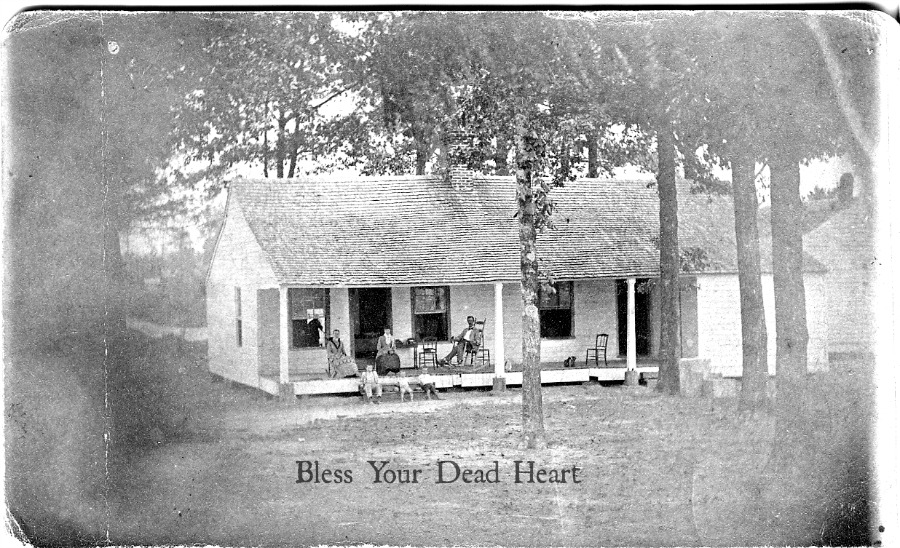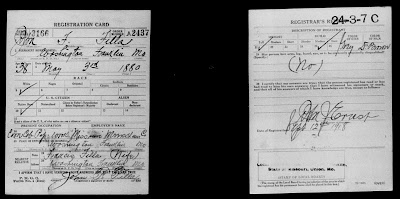Washington, Missouri
Henry Tibbe, a Hollander, produced the first lathe-turned corncob pipe in 1872 in a shop (no longer standing) at 209 West Second Street, in which he made spinning wheels. In 1878,he moved into a building (no longer standing) at Front and Jefferson streets. In 1883 he moved to the Front and Cedar street building. His son, Anton A. Tibbe, continued the business after his father's death in 1896. In 1907, it became the Missouri Meerschaum Company.
Legend has it that a local farmer whittled a pipe out of a corncob and liked it so much that he asked Henry Tibbe to try turning some on his lathe.
Meerschaum is a turkish clay used in high grade pipes. In German, the word means "sea foam". Tibbe liked his light, porous corncob pipes and their cool smoke to that of the more expensive meerschaum pipes and thus called his pipes, "Missouri Meerschaums". Tibbe and a chemist friend devised a system of applying plaster to the outside of the corncob then sanding the bowl smooth after it dried. In 1878, Tibbe patented the process.
* Information courtesy of pipes magazine * For a more detailed process of corncob pipe making click on the link.
In 1918, my maternal great-grandfather, John Florian Filla, was employed by the Missouri Meerschaum Company. I learned this from his WWI registration card.
 | |
| courtesy of the City of Washington, Missouri |
 | |
| courtesy of vintagepostcards.com |














